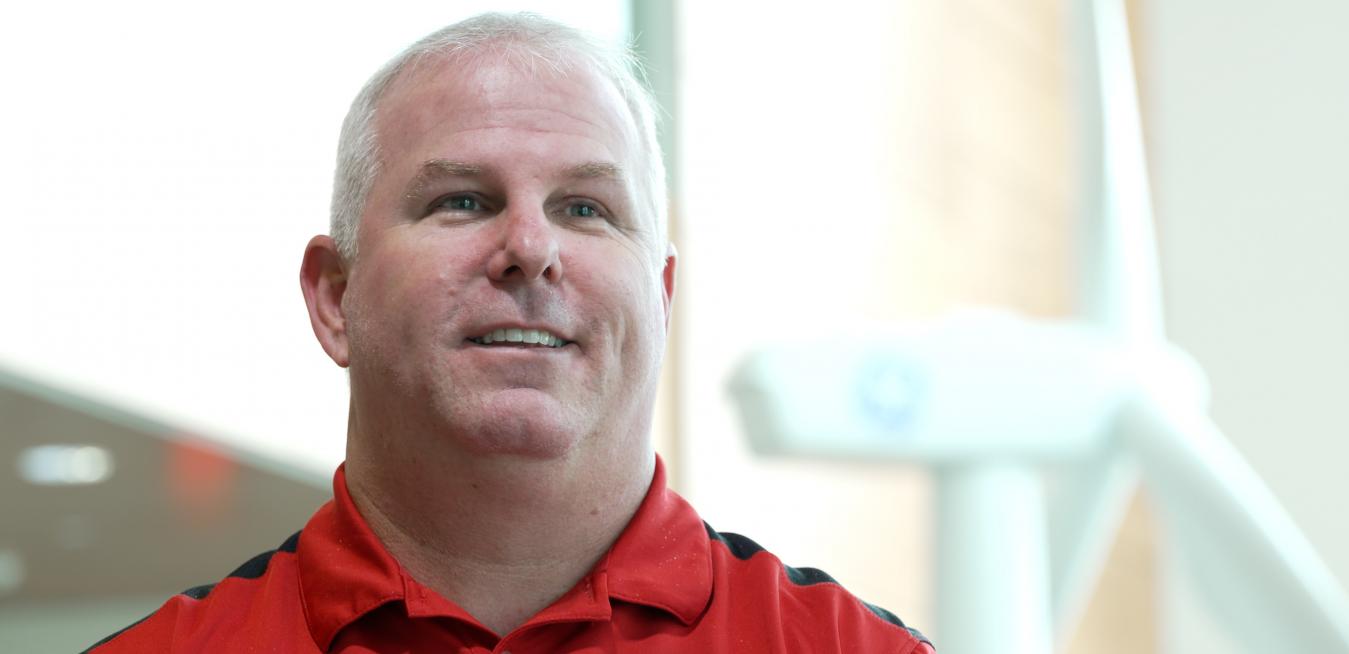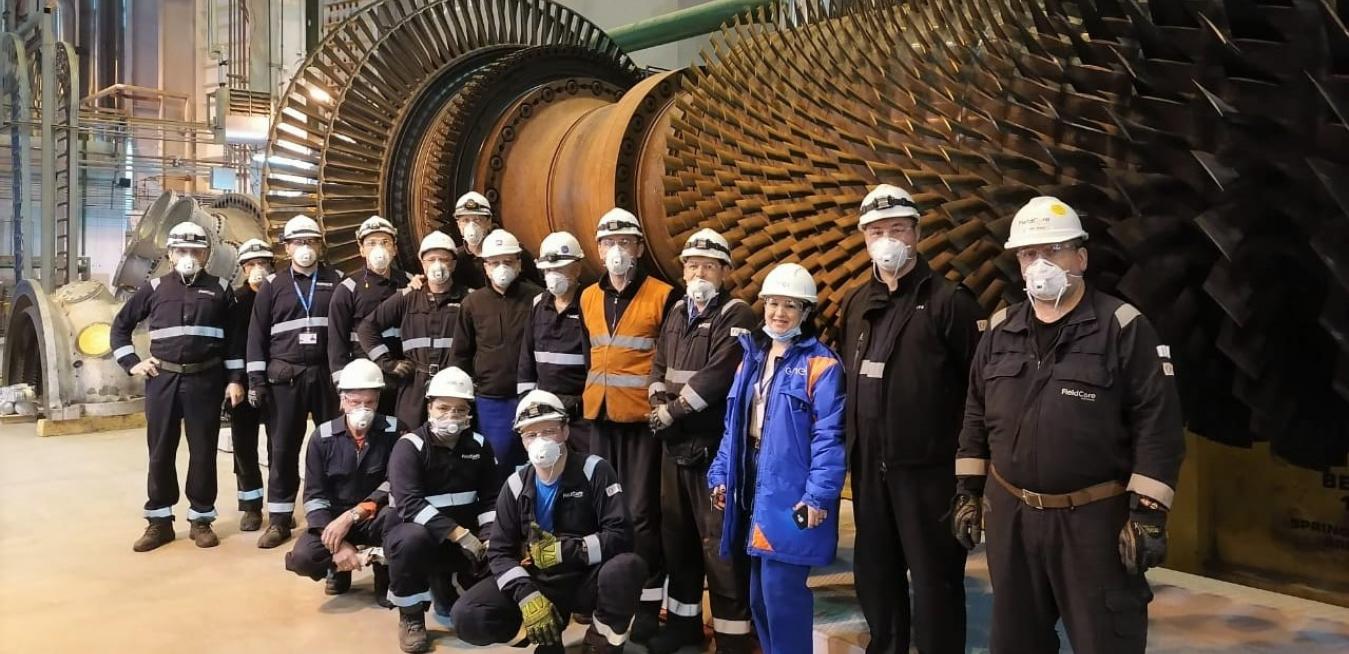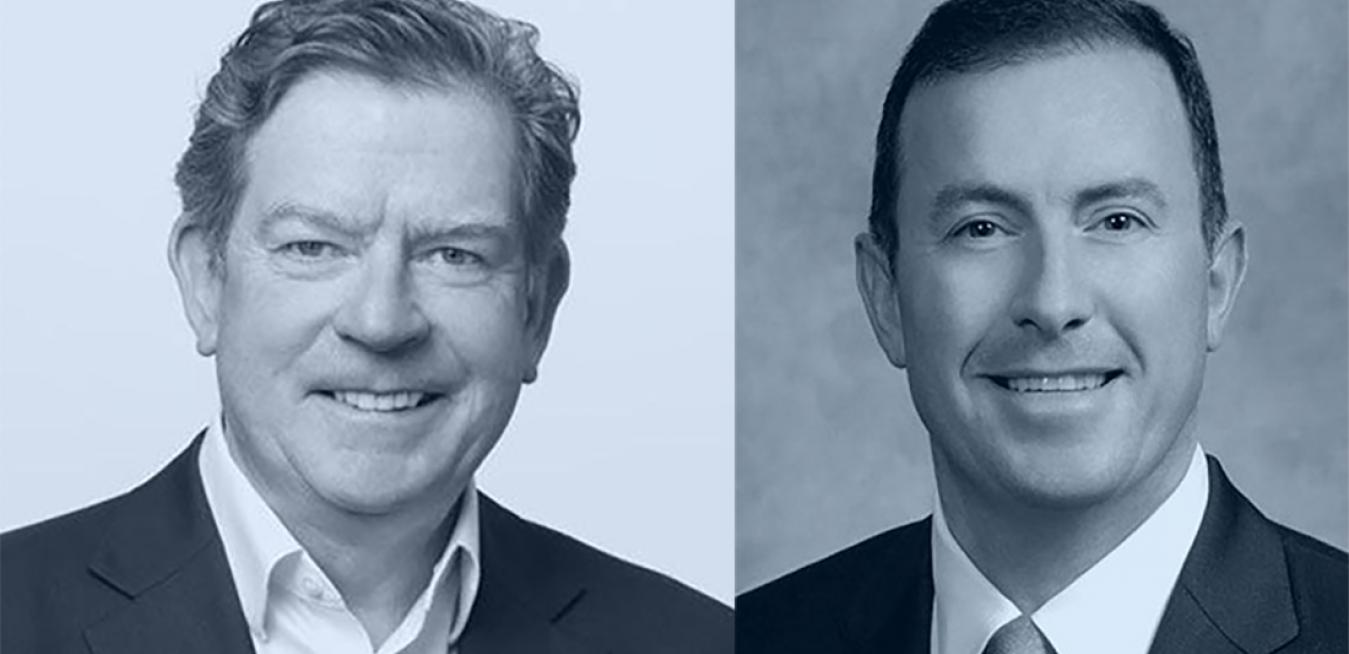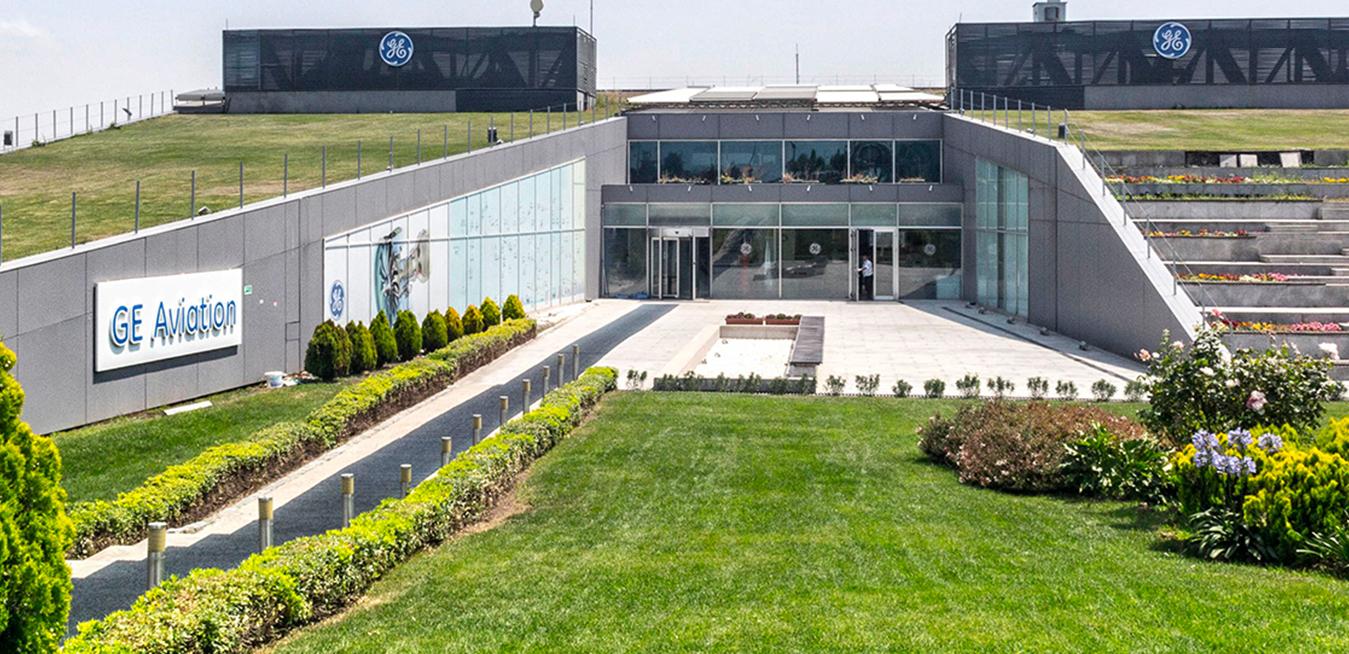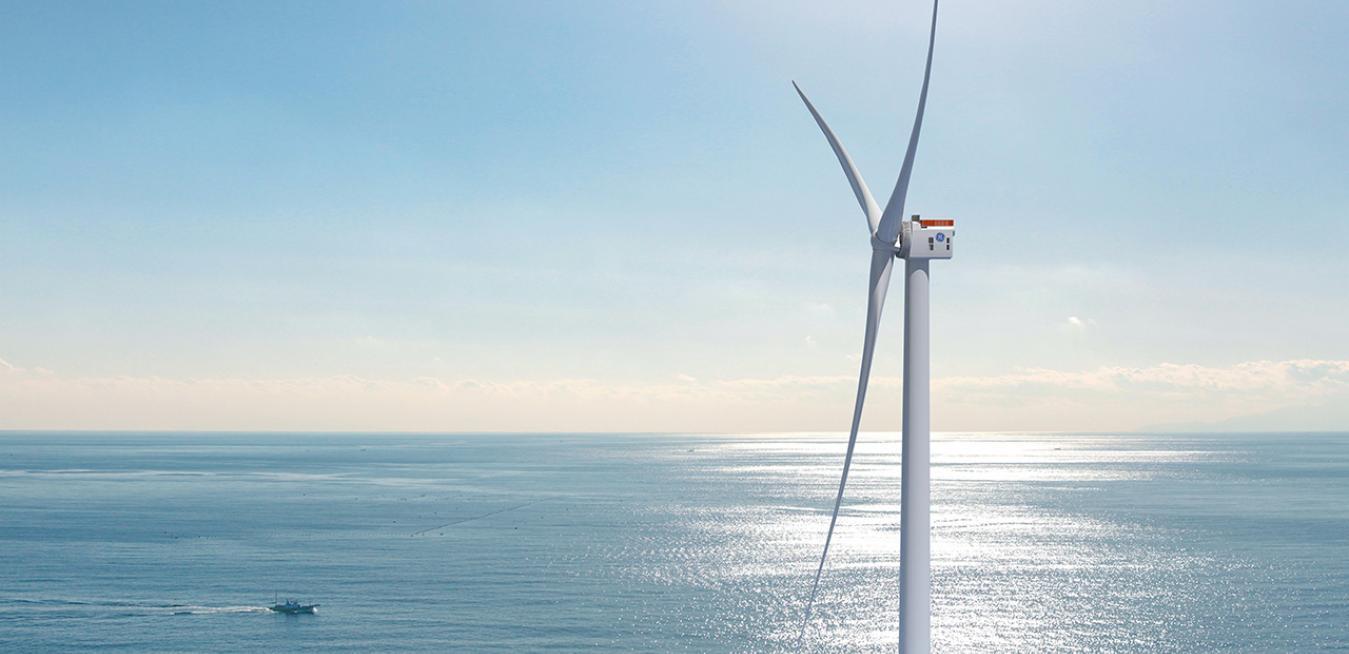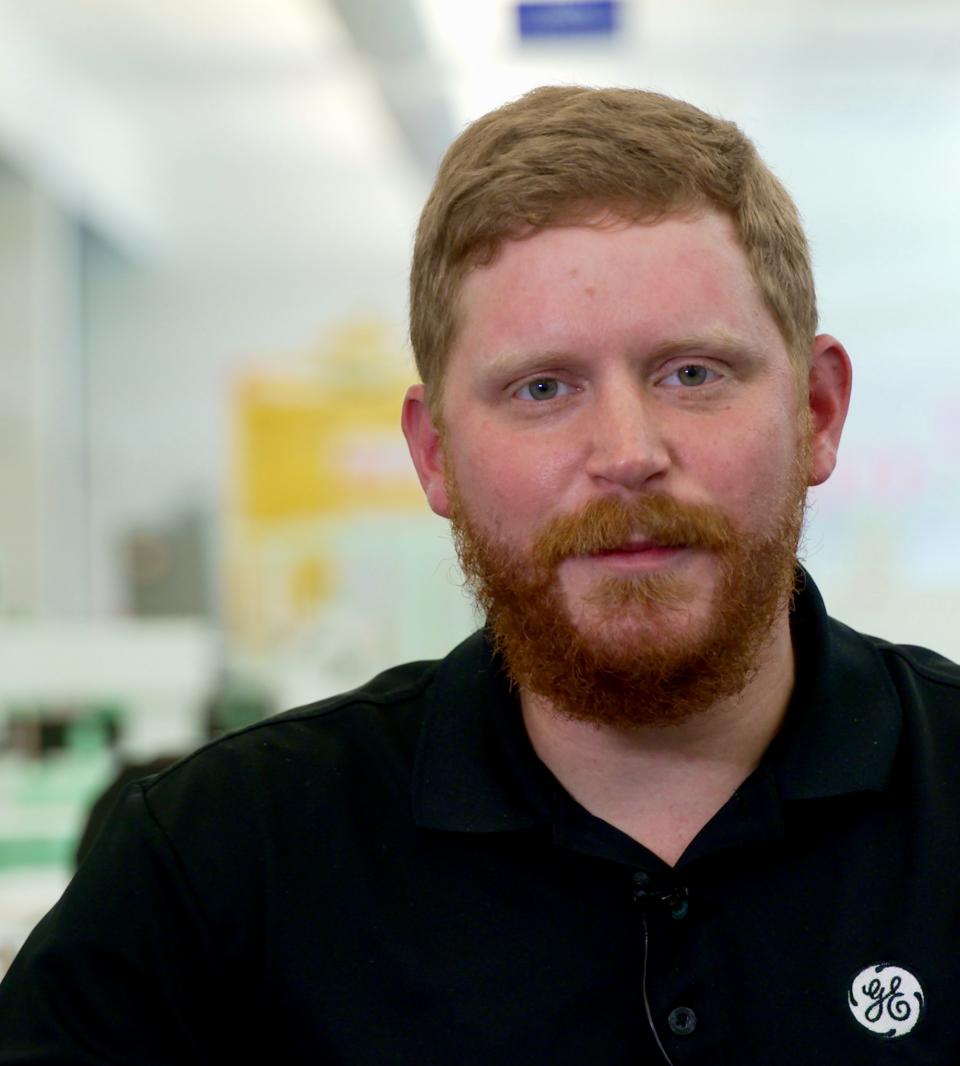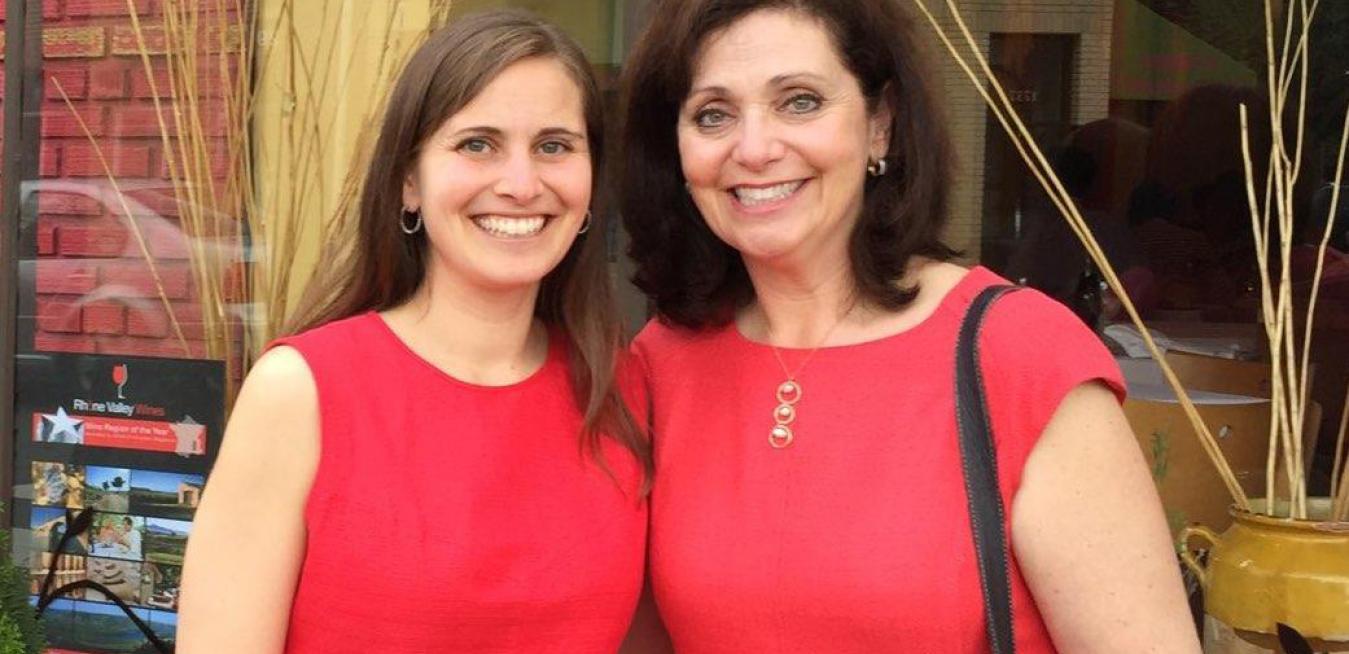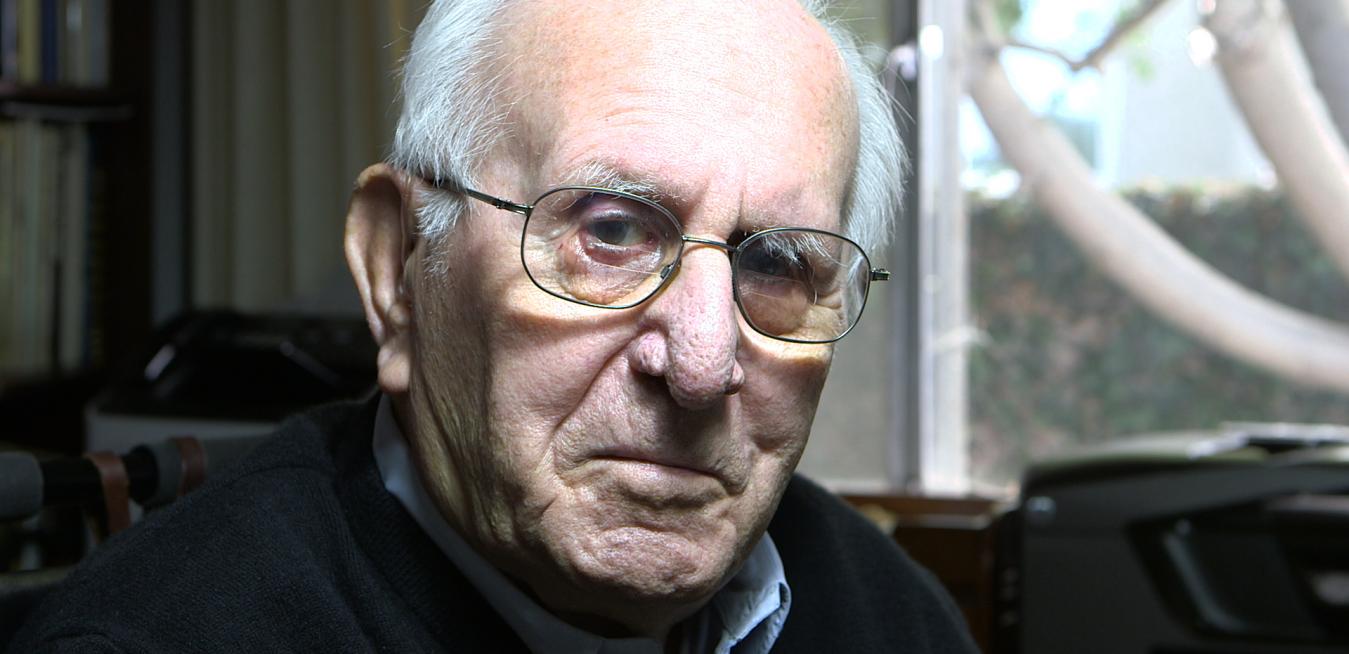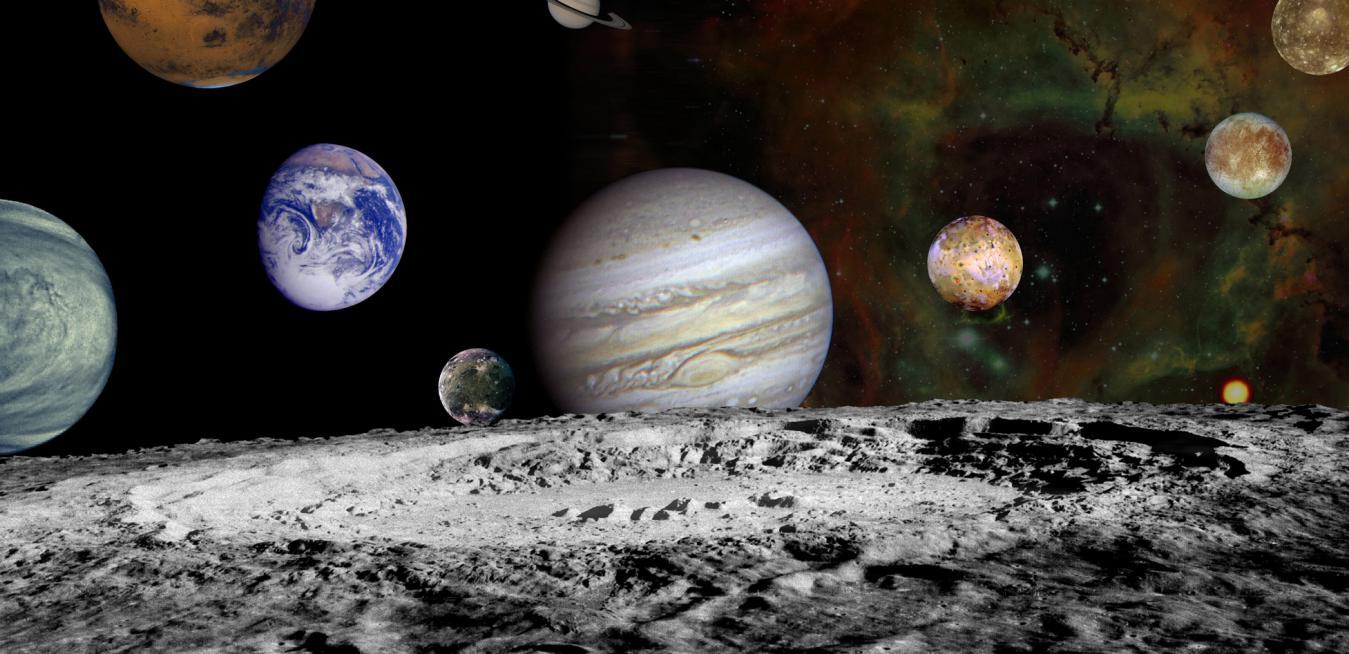For Don Quixote, the hapless hero of Miguel de Cervantes’ 17th-century novels, the windmills that dotted the dun-colored plains in the central Spanish region of Castille-La Mancha were illusory giants in need of slaying. So what would Quixote think now of the enormous warehouse that Bob Karl and his colleagues at GE Renewable Energy operate in the small town here called Noblejas?
В период пандемии коронавируса команда GE провела уникальную операцию по ремонту газовой турбины на Среднеуральской ГРЭС .
Every year after Thanksgiving, tens of thousands of doctors, hospital managers, equipment manufacturers and other medical industry professionals descend on Chicago for what might be the largest healthcare gathering in the world — the annual meeting of the Radiological Society of North America (RSNA). This year, however, was different as the action took place online for the first time in its 106 years.
Manzaralı ve Yenilik Dolu Ofis: Türkiye Teknoloji Merkezi’nde Yazılım Geliştirme
John Lavelle sudah melihat banyak mesin bertenaga besar selama hampir empat dasawarsa sebagai seorang insinyur GE. Namun, belum ada yang menyamai kekuatan Haliade-X, turbin angin lepas pantai (offshore wind turbine) bertenaga paling besar di dunia yang kini sudah beroperasi. Turbin ini memecahkan rekor dunia pada awal tahun ini ketika mampu menghasilkan daya listrik sebesar 288 megawatt-hours (MWh) dalam sehari. Daya sebesar itu cukup untuk memenuhi kebutuhan listrik dari 30.000 rumah di Rotterdam, yakni lokasi prototipe pertama.
Jamie Pierce knows a few things about rotors. Pierce works at GE Renewable Energy — the GE unit that makes some of the world’s most powerful wind turbines — and has spent three decades in the U.S. Navy, including 13 years of active duty as a helicopter pilot. Pierce’s day job as an executive in the Renewable Energy Project Management Office now involves some of the most complex wind projects. Just in time for Veterans Day, Pierce shared with GE Reports his story as well and insights about the importance of recruiting and hiring veterans. See our video and edited Q&A below.
Schenectady in upstate New York has seen its fair share of ups and downs in the past 150 years. But new energy is coming to town.
Dr. Rachel Brem and her husband, Henry, were hoping they just had the flu. It was early March, before COVID-19, the disease caused by the novel coronavirus, was widespread in the United States. Henry got sick first. For a little while, it was easy enough to dismiss his extreme fatigue as a passing issue. But then Brem, too, began to experience symptoms, some of which were known at the time to be associated with COVID-19 — such as a deep cough, muscle pain and a fever — and others that only became identified later, such as the loss of her sense of smell.
One day, when he was still barely a teenager, the film director Steven Spielberg came to visit his father, Arnold, at work. It was the late 1950s and the elder Spielberg was building computers for GE in Phoenix. His designs included a revolutionary machine that a group of computer scientists at Dartmouth College later used to write BASIC, the programming language that revolutionized personal computing.
Australian researchers are testing a promising new anti-cancer vaccine, Duke University scientists formulated an artificial cartilage that’s as tough as the real stuff, and a team at Northwestern University developed a biomaterial that could shield space travelers from radiation — sort of like sunscreen does for beachgoers. Read on for those and other bright ideas from the week in scientific achievement.
